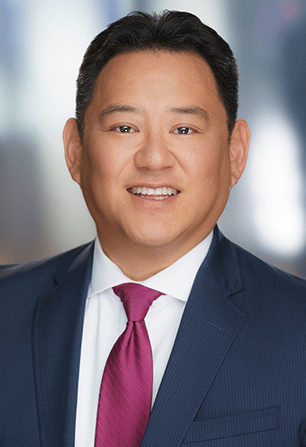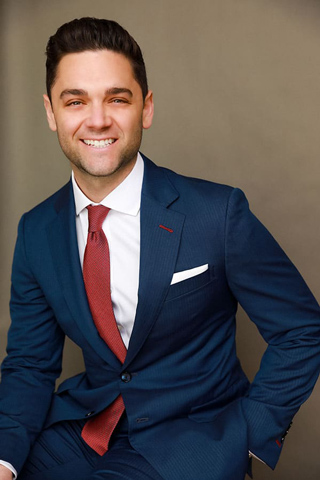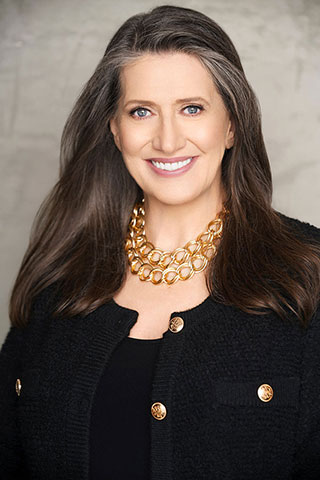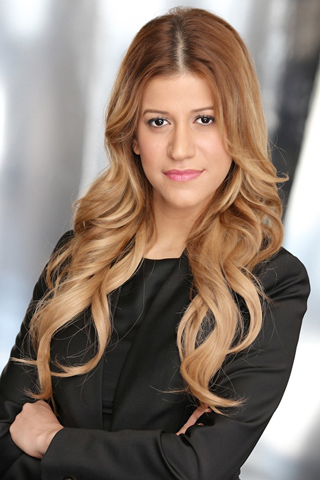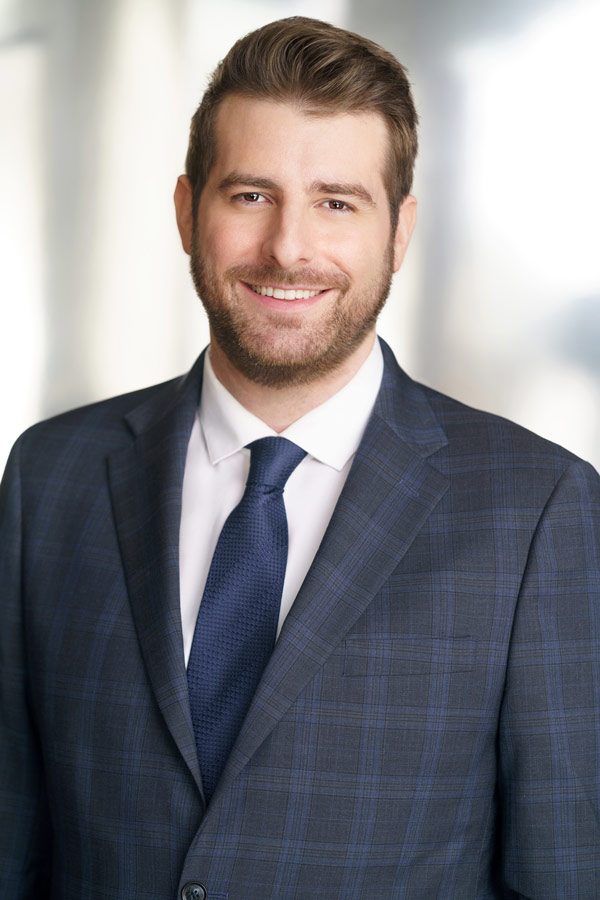When you buy a product, you expect it to be safe and function correctly. Unfortunately, some products are defective and can cause significant injuries and financial losses. If a defective product has injured you or a loved one, it is essential to understand your legal rights and options.
At Wilshire Law Firm, we have years of experience in product liability cases and have a strong history of obtaining substantial compensation for our clients. Our team of Orange County product liability attorneys is dedicated to advocating for your rights and assisting you in your recovery.
Contact us today at (714) 386-1747 for a free consultation to discuss your case and explore your legal options.
Orange County Product Liability Guide
What Is Product Liability?
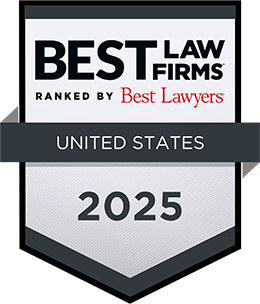
Product liability refers to the legal responsibility of manufacturers, distributors, and retailers to ensure the safety of their products for consumers. If a defective product causes harm, you can hold these parties accountable for damages.
There are three main types of product defects:
- Design Defects: These occur when a product is inherently dangerous due to its design. For instance, a ladder designed without proper stability features poses significant risks to users.
- Manufacturing Defects: These defects arise during the production process, resulting in products that deviate from their intended design. An example is a batch of baby food contaminated with harmful bacteria during production.
- Labeling Defects: Also known as marketing defects, these involve inadequate instructions or warnings. For example, cleaning chemicals without proper safety instructions can lead to serious injuries if misused.
Who Can You Hold Liable?
Determining liability in product defect cases can require an experienced lawyer. You can hold various parties accountable for injuries resulting from defective products:
- Manufacturers: Liability falls on manufacturers if a defect occurs during the production process. This includes situations where the product is improperly assembled, contaminated, or fails to meet safety standards. For example, if harmful bacteria contaminate a batch of bottled water during manufacturing, you can hold the manufacturer responsible for any resulting illnesses.
- Designers: You can hold the designer liable for a product’s fundamentally unsafe design. This happens when a product, despite correct manufacturing, poses inherent dangers due to its design. An example is a smartphone designed with a battery placement that leads to overheating and fires.
- Distributors and Retailers: These entities can be liable if they sell or distribute a product knowing it is defective or if they fail to provide essential warnings. Retailers must ensure that their products are safe for consumers. For instance, if a retailer continues to sell a baby crib after reports of it causing injuries due to a faulty drop-side mechanism, they can be held accountable.
- Component Suppliers: Liability can extend to suppliers if a specific part of a product is defective. This is common in complex products like vehicles or electronics, where multiple suppliers provide different components. For example, if a third-party company supplies defective brake pads to a car manufacturer, leading to accidents, the supplier can be held responsible.
- Quality Control and Testing Agencies: Entities responsible for ensuring product safety through testing and quality control can also be liable if they fail to identify or report defects. The testing agency may share liability if a product passes safety tests despite detectable flaws. For example, if a food testing agency fails to detect contaminants in a batch of canned soup, resulting in consumer illnesses, the agency could be held accountable.
- Marketers: You can hold companies responsible for marketing products if they provide misleading information or omit necessary safety warnings. This includes cases where products lack proper warning labels or instructions for safe use. For example, you can hold the marketing company liable if a cleaning product is marketed without sufficient hazard warnings, leading to user injuries.
Common Types of Product Liability Cases
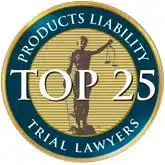
Product liability cases involve many products, each presenting unique challenges and considerations.
Here are examples of common types:
Defective Vehicles and Vehicle Parts
These cases often involve design or manufacturing faults that make vehicles unsafe. Examples include:
- Tires prone to blowouts: Defective tires that can suddenly burst, leading to loss of control and accidents.
- Airbags that fail to deploy: Airbags that do not inflate during a collision, failing to protect occupants.
- Malfunctioning steering systems: Steering systems that lock or fail, causing drivers to lose control.
- Engine defects causing sudden stalls or fires: Engines that stop working abruptly or catch fire.
Defective vehicle parts can lead to severe accidents and injuries, with liability extending to manufacturers, parts suppliers, and even car dealerships.
Defective Medical Devices and Medications
Medical devices and medications can cause significant harm if they malfunction. Examples include:
- Hip replacements: Devices that fail prematurely, causing pain and requiring additional surgeries.
- Hernia meshes: Meshes that erode or migrate, leading to complications and further surgeries.
- Pacemakers: Devices that fail to regulate heartbeats, putting patients at risk.
- Medications: Drugs that are contaminated, incorrectly labeled, or have undisclosed dangerous side effects.
These cases often require expert testimony to demonstrate how the defect caused harm and to establish liability among manufacturers and healthcare providers.
Defective Household Items
Everyday household items can pose significant risks if defectively designed or manufactured. Examples include:
- Gas-powered water heaters: Heaters that leak carbon monoxide, posing serious health risks.
- Stoves with faulty temperature controls: Stoves that can overheat and cause fires.
- Washing machines with electrical faults: Machines that can give electrical shocks or catch fire.
These defects can result in property damage, serious injuries, or even fatalities, necessitating legal action against manufacturers and retailers.
Defective Children’s Products
Products intended for children must meet strict safety standards due to the vulnerability of the users. Examples include:
- Car seats with faulty harnesses: Seats that do not secure children properly, leading to injuries in accidents.
- Cribs with unsafe design features: Cribs that can cause entrapment or strangulation.
- Toys with small parts: Toys that present choking hazards.
- Strollers with defective brakes: Strollers that fail to stop, posing risks to children.
When these products fail to meet safety standards, you can hold manufacturers and retailers liable for resulting injuries or fatalities.
Defective Electronics
Electronics can be dangerous if they contain defects. Examples include:
- Overheating batteries: Batteries that can catch fire or explode.
- Malfunctioning circuits: Circuits that can cause electrical shocks.
- Faulty chargers: Chargers that can overheat and cause burns or fires.
Cases involving defective electronics often focus on manufacturing errors or design flaws and may require technical experts to establish the defect’s role in causing harm.
Defective Chemicals and Substance
Cleaning agents, pesticides, and industrial chemicals can be hazardous if defectively formulated or labeled. Examples include:
- Cleaning agents: Chemicals that cause burns or respiratory issues due to incorrect formulations.
- Pesticides: Substances that are toxic and cause poisoning if not labeled correctly.
- Industrial chemicals: Chemicals that can cause long-term health problems if proper safety instructions are not provided.
Liability in these cases often involves proving that the manufacturer failed to provide adequate warnings or instructions for safe use.
Why Choose Us
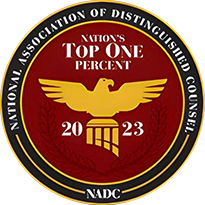
Wilshire Law Firm has an excellent record of handling product liability cases. Our seasoned attorneys have successfully secured millions in compensation for clients injured by defective products.
We represent clients in many product liability cases, including those involving defective vehicles, medical devices, household items, and children’s products. Our goal is to ensure you receive the maximum compensation for your injuries.
Conveniently located in Orange County, our office is just a short distance from Angel Stadium on the other side of the Santa Ana River. Our attorneys are well-versed in the intricacies of product liability law and understand California’s specific regulations and statutes.
By choosing Wilshire Law Firm, you select a team dedicated to fighting vigorously for your rights and recovery.
How Much Is My Case Worth?
Assessing the value of a product liability case involves several factors.
While each case is unique, the following components are generally the most important ones:
- Medical Expenses: This includes costs for current and future medical treatments, surgeries, hospital stays, medications, and rehabilitation services.
- Lost Wages: If your injury has resulted in missed work, you can claim compensation for lost income. This also covers future earnings if the injury impacts your ability to work.
- Pain and Suffering: Compensation for the physical pain and emotional distress caused by the injury.
- Property Damage: If the defective product caused damage to your property, you could claim costs for repair or replacement.
- Loss of Consortium: In certain cases, compensation is awarded for the damage the injury caused to your relationship with your spouse or family.
The specific amount of compensation you may receive will depend on the details of your case, the severity of your injuries, and the skill of your attorney in negotiating or litigating your claim.
Steps to Take if a Defective Product Injured You

If a defective product has injured you:
- Seek Medical Attention: Your health is the priority. Get immediate medical treatment for your injuries. Keep detailed records of all medical visits, treatments, and expenses. This documentation will serve as vital evidence for your case.
- Preserve the Evidence: Keep the defective product and any related documentation, such as receipts, packaging, and user manuals. If possible, take photographs of the product, the scene of the injury, and your injuries. This evidence will help establish the defect and link it to your injuries.
- Document Your Injuries: Take photographs of your injuries and keep a journal detailing your physical and emotional condition, pain levels, and how the injuries have affected your daily life. This information can support your claim for pain and suffering.
- Report the Incident: Notify the retailer or manufacturer about the defect and your injuries. This can help establish a record of your complaint and may prompt an internal investigation.
- Consult a Product Liability Lawyer: A lawyer specializing in product liability can guide you through the legal process, help you gather additional evidence, and build a strong case. They can also handle communications with insurance companies and other parties involved, ensuring your rights are protected.
- Avoid Communicating with Insurance Adjusters: Insurance adjusters may try to contact you to settle the claim quickly and for less than you deserve. Direct any communication with insurance companies to your attorney to avoid inadvertently harming your case.
- Keep Records of Financial Losses: Document all financial losses related to the injury, including medical bills, lost wages, and any other expenses incurred due to the defective product. This will help calculate the compensation you are entitled to.
- Avoid Posting on Social Media: Insurance adjusters and opposing parties often monitor plaintiffs’ social media accounts to find reasons to undermine your claim. Even seemingly innocent posts can be used against you, so refrain from posting anything related to your injury or case until it is resolved.
Statute of Limitations in California
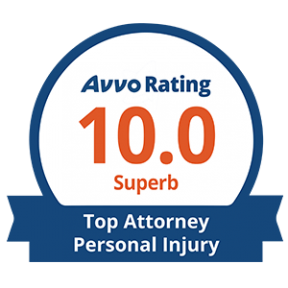
In California, the statute of limitations for filing a product liability lawsuit is generally two years from the date of the injury. This means you have two years from when you were injured by the defective product to initiate legal action.
Missing this deadline can result in losing your right to seek compensation for your injuries and related losses.
There are a few exceptions and nuances to this rule:
- Discovery Rule: Sometimes, the injury or defect may not be immediately apparent. The discovery rule allows the statute of limitations to begin when you discover the injury or defect. For example, if a medical device implanted in your body fails years after surgery, the statute of limitations may start from when you discovered the failure.
- Minors: If a defective product injures a minor, the statute of limitations may be extended. In California, minors have two years from their 18th birthday to file a lawsuit, regardless of when the injury occurred.
- Government Entities: If your claim involves a government entity, such as a defective product provided by a government agency, you must file a special claim within six months of the injury. This is a much shorter period than the general two-year limit, so it is imperative to act quickly.
Get Justice, Get Paid
At Wilshire Law Firm, our experienced Orange County personal injury lawyers are dedicated to guiding you through the legal process and fighting for the compensation you deserve. We understand the complexities of product liability cases and are committed to holding responsible parties accountable for their negligence.
Don’t let a defective product disrupt your life. Contact Wilshire Law Firm today at (714) 386-1747 for your free consultation. Let us help you achieve justice.
Wilshire Law Firm – Orange County Office
1940 W Orangewood Ave Suite 110 Office 7
Orange, CA 92868
Ph: (714) 386-1747





